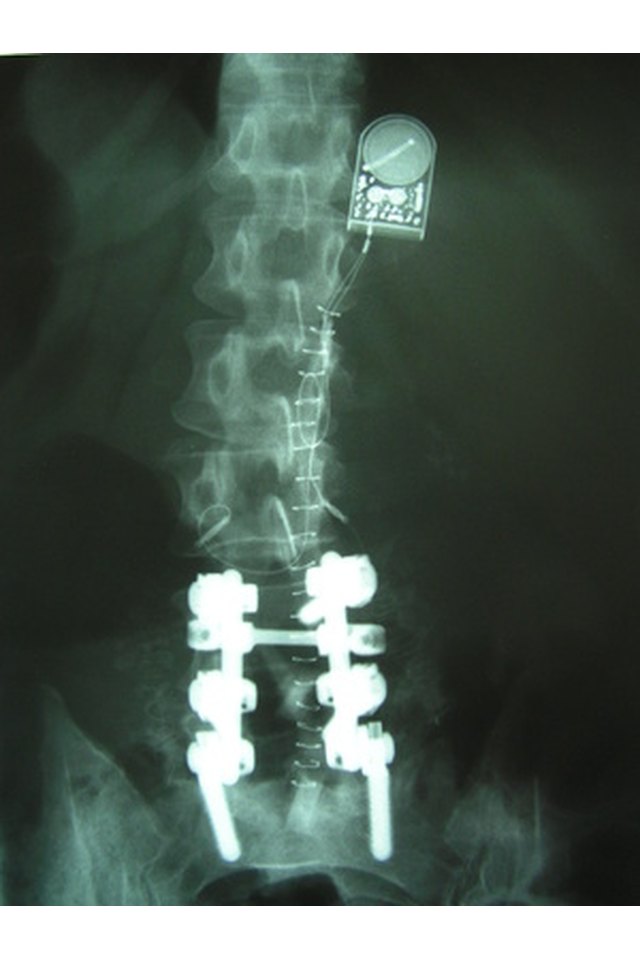What does fact checked mean?
At SportsRec, we strive to deliver objective content that is accurate and up-to-date. Our team periodically reviews articles in order to ensure content quality. The sources cited below consist of evidence from peer-reviewed journals, prominent medical organizations, academic associations, and government data.
The information contained on this site is for informational purposes only, and should not be used as a substitute for the advice of a professional health care provider. Please check with the appropriate physician regarding health questions and concerns. Although we strive to deliver accurate and up-to-date information, no guarantee to that effect is made.
How to Exercise With a Lumbar Fusion

The spine is made up of individual bones called vertebrae that are stacked on top of each other, with a disk between each one for cushioning. Movement occurs at each of the vertebrae to allow the back and neck to flex, extend and rotate. Spinal fusion surgery involves the surgical placement of a piece of bone between two vertebrae of the spine, held in place by screws, cages or plates. This surgery then prevents movement between the involved vertebrae. Spinal fusion is performed after fracture, for disk-related conditions, arthritis, and to fix abnormal spinal alignment. Caution must be used when exercising after spinal fusion to prevent damage to the repaired area.
Take short walks frequently throughout the day. Walk slowly for a few minutes on a flat surface and stop if any sharp pain is felt. Walking helps prevent blood clots from developing in your legs by contracting the leg muscles. As your pain tolerance improves, you can slowly increase the amount of time and distance of your walks.
Lie on your back on a flat surface. Gently contract your lower abdominal muscles, and flatten your lower back against the floor. This exercise is called the "pelvic tilt" and is important because strong abdominal muscles improve stability of the low back. Hold this position for 3 seconds and repeat 10 times. As tolerated, work up to performing 3 sets of 10 repetitions.To increase the intensity of this exercise, hold the pevic tilt position and lift one foot off the ground 10 times. Repeat with the other leg.
Stand up and position the back of a chair in front of you. Hold onto the chair for support. March in place 10 times. Lift your knee only as high as you can without sharp pain. Work up to 3 sets of 10 repetitions. As you become stronger, use one hand only for support.
Lie on your back and gently squeeze your buttock muscles together. Hold for 3 seconds and repeat 10 times. As you become stronger, advance this exercise by lifting your hips off the bed as you contract your muscles. Keep your spine straight and lift only in a pain-free range. Repeat 10 times and work up to 3 sets of 10 repetitions.
References
Writer Bio
Aubrey Bailey has been writing health-related articles since 2009. Her articles have appeared in ADVANCE for Physical Therapy & Rehab Medicine. She holds a Bachelor of Science in physical therapy and Bachelor of Arts in psychology from the University at Buffalo, as well as a post-professional Doctor of Physical Therapy from Utica College. Dr. Bailey is also a certified hand therapist.
